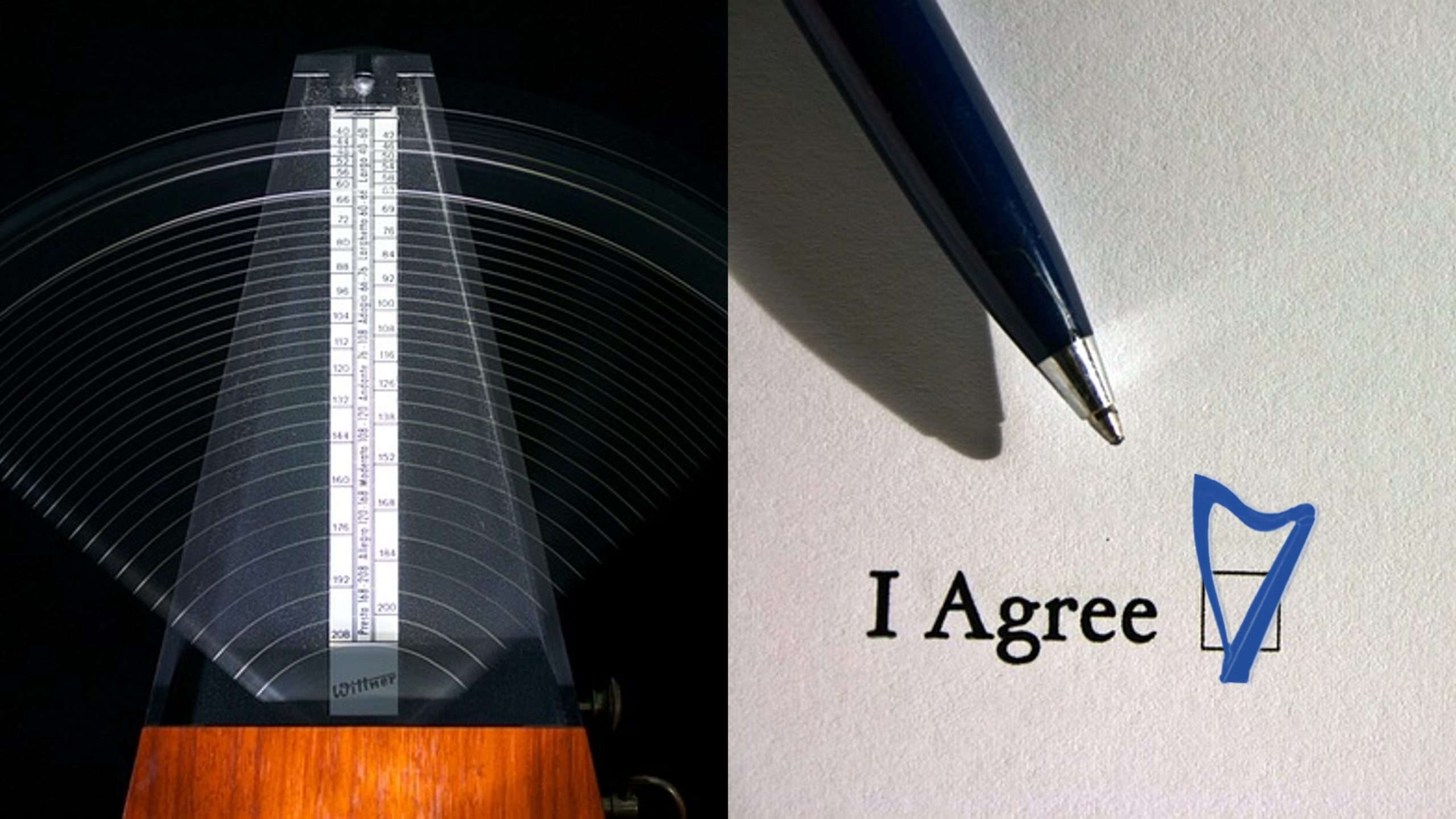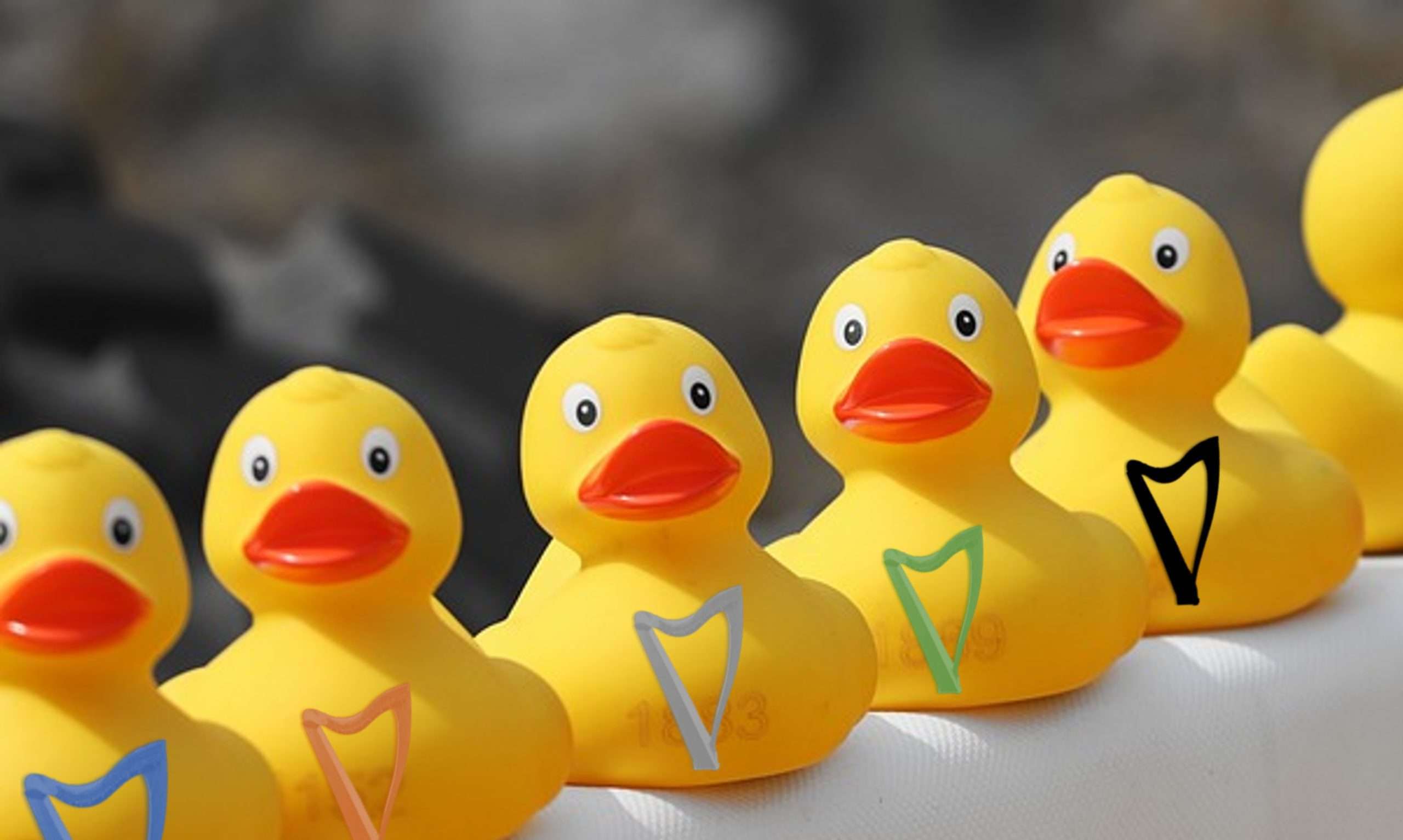Silly Warmups and Stretches
When it’s time to sit down and practice, do you plop down on the bench and start flailing away at something you’ve been working on? Or do you ease gently into the hard work of playing your instrument? Do you start by banging away or with silly warmups and stretches?
I hope you do start with warmups and stretches, but if you don’t, I hope to change your mind (and your approach). And if you have typically started right in with the hard work, I hope you’ll consider these suggestions.
There are plenty of good reasons to begin each practice by performing warmups and stretches. Leon Fleischer, the concert pianist who overcame a potentially career ending overuse injury was quoted as saying,
“Musicians are athletes
of the small muscles.”
And he was completely correct! While traditional athletes are best known for their use of their largest muscles in the body to play football, basketball, baseball, curling, hurling, fencing or other sport, we musicians leverage our numerous smaller muscles in the hands and arms. Don’t be fooled – we also use our large muscles, but differently than sport players do. Just as there are pregame warmups for sports, we need to get ourselves warmed up and ready to go before we work hard to.
First let’s also distinguish between physical warmups and technical warmups. Today we’re talking about physical warmups. Physical warmups are gentle movements to increase blood flow to the muscles and stretches to limber up. They help your body prepare to work and also help you avoid injury and overuse. Technical warmups are active playing to strengthen a particular technical skill (e.g., scales, arpeggios, exercises).*
There are loads of warmups and stretches you can do but I wanted to share a few of my favorites for hands and wrists here. I call these silly because when I use them with kids, they giggle. Adults aren’t as inclined to giggle – but they should! I also made a brief video (5 min) for you. Remember that, like all athletes, we start small and work our way into greater gains. Don’t overdo your warmups. Do each of these only as long as you need to feel the muscles warming and getting more pliable before (or after) you play. Take care of you!
The first is the simplest – wiggle your fingers. Yup, just wiggle your fingers. Start small but as you go on, make sure your wiggles are getting bigger and that each finger (including thumbs) is getting in on the action. After you begin to feel warmer, straighten your arms out to the side and continue to wiggle your fingers.
Next throw and catch water – this will make more sense when you watch the video, but the point is to contract your hands quickly (gather into fists) and extend just as quickly (like you’re flicking water at someone). Then go about catching the water being flung at you.
Now, make baby waves! This is the motion of closing that I learned when I started to play the harp. If you didn’t learn this, it’s a great way to help new people understand the movement we strive to make while playing.
Let’s move onto wrists – close your hands and make circles with your wrists. After a bit, try extending your arms to your sides to deepen the stretch.
Now clasp your hands together and make figure 8s. Go slowly enough that you can make it through your entire range of motion. If you’re hands and wrists are tight this will be difficult but will get easier with practice.
Finally, we’re going to be superheroes! Watch the video to learn how to do these. These may be difficult at first but they will definitely help you loosen up with practice. And they’re fun and may make you giggle!
As I said, there are loads of silly warmups and stretches. These are just the tip of the iceberg. Consider adding them to your daily practice routine as a way to get started. Start small and grow as you gain flexibility and strength. And always take care of you – discomfort as you learn and grow are teaching you about your body but pain is a message to stop.
Which of these do you like? Which ones were hard? If you did them every day, which seemed to maybe start to feel like they were getting easier? Do you have any stretches or warmups to share? Let me know in the comments!
* If you’d like to talk about technical warmups another time – let me know!








